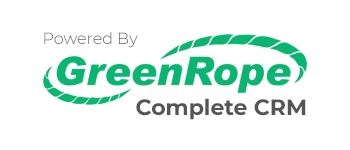Active Roster
Media
Sponsors
Our Why
by Founder Carl Nettleton
In July 1959, I read a Scientific American article, “Carbon Dioxide and Climate.” This was the tagline for the article: "By burning billions of tons of fossil fuels, man may alter the earth’s climate."
In 1986, I conceptualized and oversaw the development of comic book that was distributed to every fifth grader in San Diego County. Called “Voyage to Gloom Island,” the comic book educated young readers about challenges facing the ocean by following the journey of a group of youngsters out on the ocean with a scientist. They cut plastic away from a pelican, leaned that six pack rings, monofilament line and plastic bags have to be disposed of properly. One of the children said “If they are kept out of the ocean, what happened to the pelican won’t happen to other animals.”
These are just some of the stories I became aware of since that first Scientific American article in 1959, yet many people deny science I knew about sixty years ago and plastic pollution in the ocean remains rampant even though thirty years ago I was trying to educate kids about the problem.
At OpenOceans Global we don’t believe science is enough. Science is about inquiry, not always solutions. We don’t believe education is enough. Education is about telling stories. What has been missing is the global sense of community that we must embrace to solve global problems.
At OpenOceans Global, we do not aspire to be the heroes solving the ocean crises. We aspire to unify the people who are facing common problems like plastic and trash so we can stop the source of the problems and actually move forward to solve them.
There are three pillars to our process.
- Global Context. Identify the problems and put them in a global context on a GIS map so people can see that they are part of that global community.
- Unifying People. Identify and link together in a social network the people working on the problem, whether they be scientists, environmentalists, government workers, elected officials, business operators, or just people who care.
- Best Practices. From that network, find the best practices, the solutions that will be required to solve the problems and empower the global network to implement them.
See our vision, mission, and definition of the ocean below.
VISION. A world where ocean crises have been solved.
MISSION. To solve ocean crises by unifying and empowering global communities by sharing and visualizing accurate information and solutions.
DEFINITION OF THE OCEAN. The "ocean" includes the confluence of the sea with the world's watersheds, the water cycle and the ocean's interactions with the atmosphere and climate.

